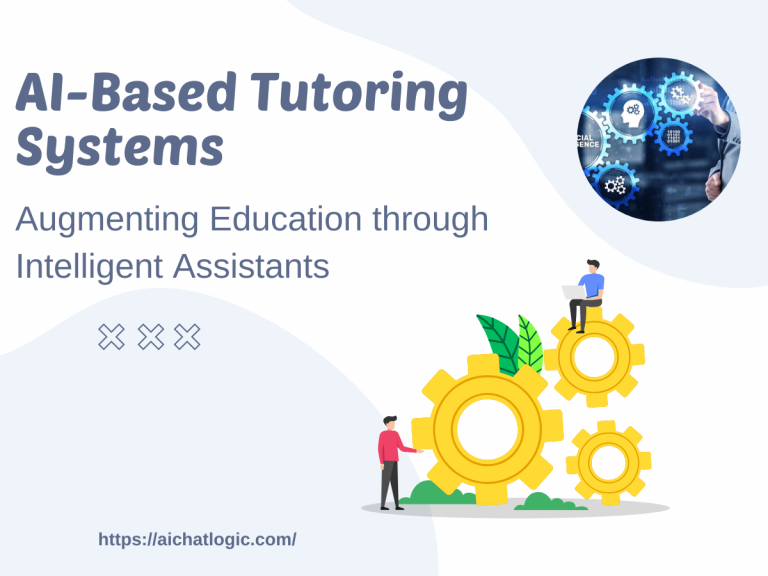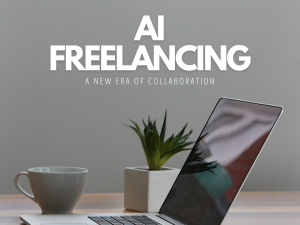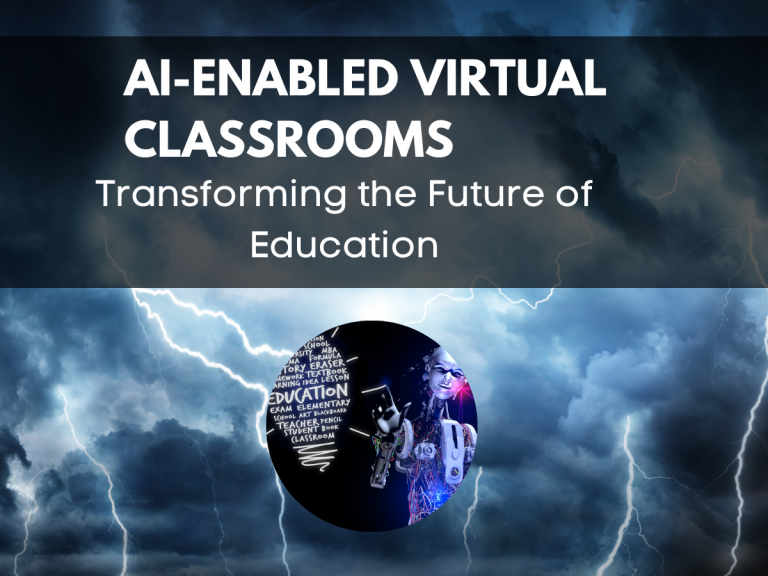1. Introduction
Special education plays a crucial role in providing students with disabilities the necessary support and tools to succeed academically and in life. In recent years, artificial intelligence (AI) has emerged as a powerful ally in this endeavor. By harnessing the capabilities of AI, educators and students alike can unlock new possibilities, tailor learning experiences, and empower individuals with disabilities to reach their full potential. This article explores the ways in which AI is transforming special education and creating opportunities for inclusive and personalized learning.
2. The Role of AI in Special Education
AI technology encompasses a range of tools and applications that can enhance educational experiences for students with disabilities. From personalized learning platforms to assistive technologies, AI provides innovative solutions to address the unique challenges faced by these students. By leveraging AI, educators can create tailored interventions, adapt curriculum materials, and provide individualized support.
3. Personalized Learning with AI
One of the key benefits of AI in special education is its ability to deliver personalized learning experiences. AI algorithms can analyze vast amounts of data, including student performance, preferences, and learning styles. This data-driven approach enables educators to develop personalized learning plans that cater to the specific needs of each student. By adapting the content and pace of instruction, AI empowers students to learn at their own speed and in their preferred manner.
4. Assistive Technologies for Students with Disabilities
AI-based assistive technologies have revolutionized the way students with disabilities engage with the learning environment. Here are some notable examples:
4.1 Augmented Reality
Augmented reality (AR) technologies overlay digital information onto the real world, creating interactive and immersive learning experiences. In special education, AR can provide visual cues, simulations, and interactive objects to support comprehension and engagement.
4.2 Virtual Reality
Virtual reality (VR) allows students to explore virtual environments and interact with realistic simulations. For students with disabilities, VR can offer inclusive experiences, such as virtual field trips or historical reconstructions, fostering a deeper understanding of subject matter.
4.3 Speech Recognition
Speech recognition technology enables students with speech impairments to communicate more effectively. By converting spoken language into text or commands, students can participate in classroom discussions, dictate assignments, and engage in interactive learning activities.
4.4 Predictive Text
Predictive text technology assists students with writing difficulties by suggesting words or phrases as they type. This feature helps overcome challenges such as spelling errors or word retrieval issues, promoting independent and confident written expression.
4.5 Adaptive Learning Platforms
Adaptive learning platforms powered by AI algorithms provide personalized content and assessments tailored to the individual needs of students. These platforms adapt to students’ progress, identifying areas of strength and areas that require additional focus, enabling targeted support.
5. Enhancing Communication and Social Skills
AI technologies also contribute to enhancing communication and social skills for students with disabilities. Let’s explore some examples:
5.1 Social Robots
Social robots equipped with AI capabilities can engage students in social interactions, providing opportunities for practicing communication skills. These robots can support conversations, offer feedback, and facilitate socialization in a comfortable and non-judgmental environment.
5.2 Natural Language Processing
Natural Language Processing (NLP) enables computers to understand and respond to human language. In special education, NLP can assist students with language impairments by analyzing their speech patterns, offering suggestions for improvement, and supporting language development.
5.3 Facial Recognition Technology
Facial recognition technology helps individuals with disabilities read and interpret facial expressions, enhancing their understanding of emotions and social cues. By recognizing facial cues, students can develop their emotional intelligence and improve their social interactions.
6. Tracking and Analyzing Student Progress
AI-powered systems can track and analyze student progress, providing valuable insights for educators and parents. By collecting data on performance, engagement, and learning patterns, AI algorithms can generate reports and recommendations, enabling timely interventions and personalized support.
7. Addressing Challenges and Ethical Considerations
While AI offers tremendous potential in special education, it is essential to address challenges and ethical considerations. Educators must ensure data privacy and security, promote transparency in AI algorithms, and guard against bias in AI-driven decision-making processes. Additionally, it is crucial to strike a balance between technology and human interaction, maintaining the essential role of educators in providing emotional support and guidance.
8. Future Potential and Conclusion
The future of AI in special education is promising. As technology continues to evolve, AI will become more sophisticated in meeting the unique needs of students with disabilities. By leveraging AI, educators can unlock new opportunities for inclusive and personalized learning, empower students with disabilities, and foster an environment of equal access and participation.
In conclusion, AI is transforming special education by empowering students with disabilities. Through personalized learning, assistive technologies, enhanced communication, and tracking student progress, AI is revolutionizing the educational landscape. However, it is essential to navigate ethical considerations and ensure that AI remains a tool in the hands of educators, complementing their expertise and providing tailored support. With the continued advancement of AI, we can create a more inclusive and empowering educational experience for all students.
FAQs
FAQ 1: How does AI support personalized learning in special education?
AI supports personalized learning in special education by analyzing student data and tailoring instructional content, pacing, and delivery to meet individual needs.
FAQ 2: Can AI-based assistive technologies replace human support in special education?
No, AI-based assistive technologies should complement human support in special education, ensuring a balance between technology and human interaction.
FAQ 3: What are some ethical considerations when using AI in special education?
Ethical considerations when using AI in special education include data privacy, algorithm transparency, and guarding against bias in decision-making processes.
FAQ 4: How can AI enhance communication and social skills for students with disabilities?
AI can enhance communication and social skills for students with disabilities through the use of social robots, natural language processing, and facial recognition technology.
FAQ 5: What is the future potential of AI in special education?
The future potential of AI in special education is vast, with advancements in technology offering new possibilities for inclusive and personalized learning experiences.










+ There are no comments
Add yours